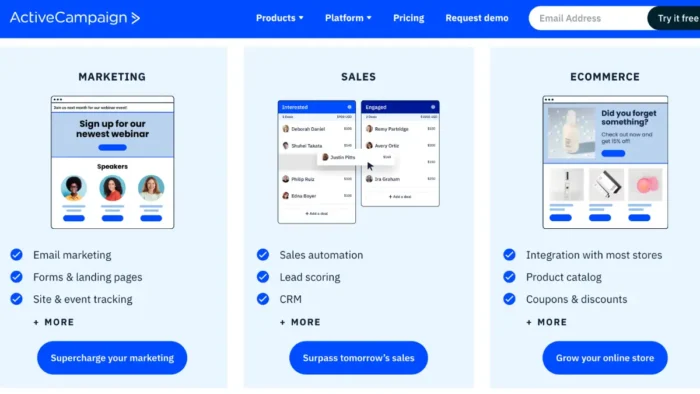The increase in internet speed allows web designers to add more elements to websites, including videos, GIFs, and animations. A trend a few years back was to add a video, primarily from YouTube, although some sites add videos just to be labeled as trendy. However, videos are large files, and users who have lower bandwidth become frustrated because the video takes too much time to load, slowing the loading speed of a web page. But today, videos and other animated elements are more common in contemporary websites.
Another problem that many users complain about is the accessibility of websites, even the newer sites. There are many reasons why access is difficult. Besides technical reasons, websites today should be accessible to everyone, including persons with disabilities, which is where accessibility overlays come in. These automated solutions can detect and fix accessibility problems, particularly for the disabled.
Use videos, animations, and GIFs with caution
Adding videos may cause mistakes that can be costly if done in a rush. In addition, these animated elements, though attractive, are bandwidth-huggers. They can increase your web and IT budgets, and if the videos are not optimized, it can lead to a poor user experience.
The animated elements make web pages heavier, slowing down the loading speed of web pages. And it is common for a user to abandon a website that does not load within two or three seconds.
Solutions to make web animations more web page-friendly
Get a suitable video resolution.
Use video codecs to encode and compress videos. Ensure that you reduce the resolution to adapt to the customers’ browser so that the videos can resize or display correctly. The video codecs will reduce the bandwidth requirement of video files.
Select the right video format size.
It is essential to optimize the video for the web. Moreover, the designer should know the correct video formats to use. Even if H.264/AVC is an old video compression codec, it remains the best for web streaming as it is compatible with many devices. Your other options are H.265 and VP9.
Use HTML5 video player.
This particular video player offers multiple video formats so the browser can choose the most efficient format to use, which can help enhance the user experience. It is also important to mute auto-playing videos to conform to the new autoplay specifications, a policy governed by the manufacturers of different browsers.
Be cautious about video bitrate.
Videos with high bitrate are higher in quality, resulting in larger file sizes. Use a metric to determine the optimal bitrate for the video quality you want. If the videos are longer, apply the adaptive bitrate streaming to adjust the video player when bandwidth availability changes automatically.
Further, the designer should adapt the bitrate for various content. For example, when there is high activity in the video, reduce the video resolution while maintaining a higher bitrate. Do the reverse if the video has a little movement.
These tips will help you design better websites with web animations. Although videos and some animations make a site grab attention, use videos and animations judiciously to not burden the site.





